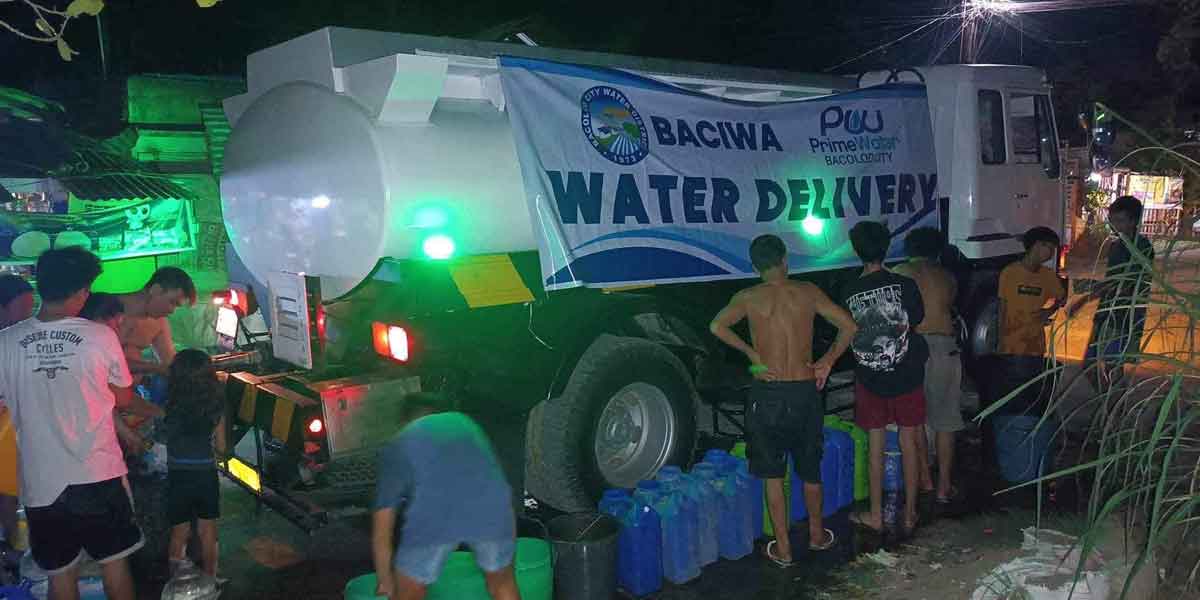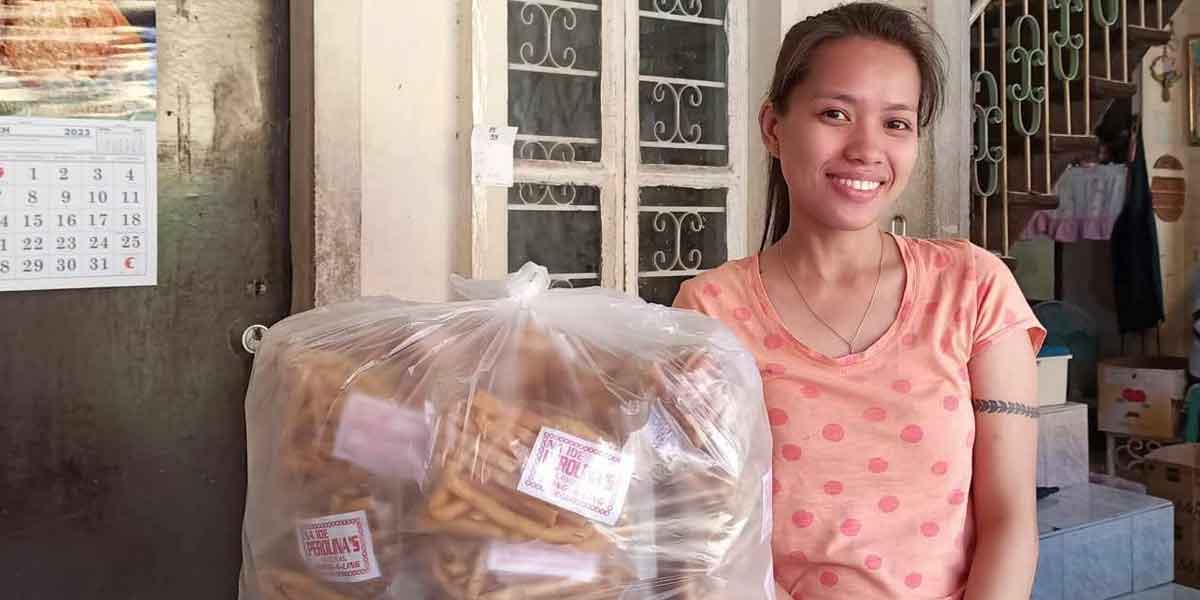By Dolly Yasa
BACOLOD City – Negros Occidental Provincial Health Officer Dr. Ernell Tumimbang said on Tuesday that the number of cholera cases in Negros Occidental has now risen to 37.
Tumimbang said Talisay City has the most number of cholera cases with 11, followed by Silay City with nine, the town of E.B. Magalona with eight, and Victorias City with one.
The town of Murcia reported four suspected cases.
Cholera cases were also reported in other localities outside the 3rd district, with Bago City (4th district) having three suspected cases, and Sagay City (2nd district) reporting one suspected case.
Food and water-borne diseases in the province also increased with 632 typhoid cases this year compared to 197 last year.
Other food and water-borne diseases recorded in the province include acute viral hepatitis with 107, acute bloody diarrhea with 72; and rotavirus with 10.
Tumimbang said they advised local government units (LGUs) in the province to step up their monitoring, particularly their respective water sources.
In Talisay City, Tumimbang said Dos Hermanas village has the most number of confirmed cholera cases with four, followed by Zone 3, and Matab-ang.
Aside from water sources, Tumimbang said they are now looking at the possibility that the cholera cases are being transmitted via food.
He pointed out that only one water sample tested positive for cholera-causing bacteria.
Tumimbang also noted that even if water samples are negative for cholera bacteria, it doesn’t mean that it is already considered safe as the water may still be contaminated with diarrhea-causing bacteria.
He explained that “when you are trying to establish food-borne transmission it is very difficult to establish as there are no specimens available for gathering.”
Tumimbang stressed that local health offices of the respective LGUs must be strict on the sanitation permits they issue to local restaurants and eateries.
These should be subjected to testing, particularly those located near schools.
“They should be monitored. This also goes for water refilling stations, monitoring should be strictly implemented,” he added.


















